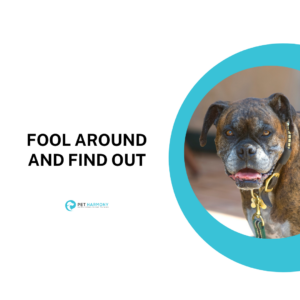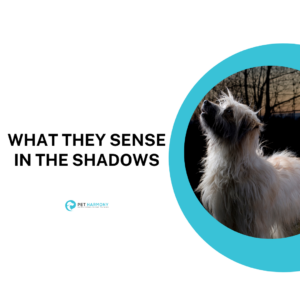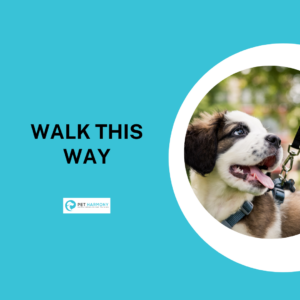
Come on a CounterSurfing Safari with Me
Ah, counter surfing, that age old nuisance behavior that many dogs exhibit and most pet parents find extremely frustrating. It is probably one of the

Ah, counter surfing, that age old nuisance behavior that many dogs exhibit and most pet parents find extremely frustrating. It is probably one of the

You’ve probably had some exposure to the concept of fight or flight by now. It’s a pretty well known, evolutionarily programmed response living things have

When you stop to consider it, dogs really are remarkable creatures. They slowly adapted over the course of tens of thousands of years (with lots

We learn from an early age that we should be actively doing “something” much of the time but this blog post is all about challenging

I recently was fortunate enough to be able to attend a learning experience that I found to be extraordinarily informative and I wanted to share

Today’s important topic is brought to you by myself and one of my favorite resources for families with dogs and kids, Family Paws Parent Education.

One of Pet Harmony’s favorite topics is the subject of agency and why it is so important for our learners. In fact, we’ve had multiple
As a dog professional, I want to share a little secret with you. My dog is not perfect. Nor do I expect him to be,

We humans like our tidy little boxes, labels, and categorizations. It’s often the easiest and fastest route to help us make sense of a

If memory serves me correctly from my youth, it was somewhat a rarity to see dogs out on leashed walks with their pet parents.
